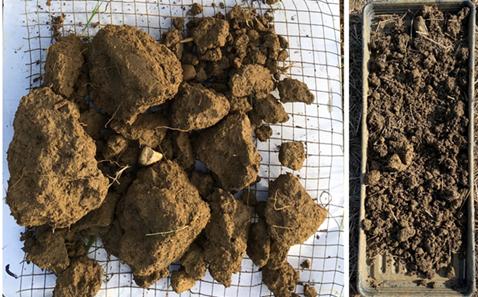
Cover crops seem to be a very useful tool to advance soil health providing significant benefits to a rotation.
Typically, cover crops are grown over a single winter to cover bare soil and stubble. However, the duration of the cover can vary from a few weeks to several months or years, depending on the approach and the specific objective.
Although the terms cover crop, catch crop and green manure are used interchangeably, they can distinguish between different functions:
Cover crops ‘cover’ the soil between the harvest and establishment of main (cash) crops
Catch crops ‘catch’ available soil nitrogen and prevent nutrient losses (via run-off and leaching)
Green manures improve nutrition for following crops through the capture and release of nutrients, and the addition of fresh biomass (organic matter).
Incorporating cover crops into a rotation has many environmental and soil benefits. Carefully selected crops can help manage soil erosion, soil fertility, soil health, water as well as suppress weeds; reduce nematodes, soil-borne plant pathogens and conserve biodiversity.
Source: https://ahdb.org.uk/
Error


